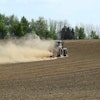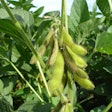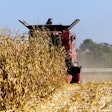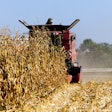
The U.S. Department of Agriculture's Economic Research Service (ERS) released its February 2025 Food Price Outlook, projecting a 3.4% increase in overall food prices for the year. This rate surpasses the historical average, with some food categories expected to see more substantial price hikes than others.
According to the report, food-at-home prices, which cover grocery store and supermarket purchases, are forecast to rise by 3.3% in 2025. Meanwhile, food-away-from-home prices, encompassing restaurant meals, are predicted to increase by 3.4%.
The most notable price surge is expected in the egg market, with a projected increase of 41.1% in 2025. This dramatic rise is largely attributed to the ongoing highly pathogenic avian influenza (HPAI) outbreak, which has significantly impacted egg-laying flocks and production. In January 2025 alone, about 18.8 million commercial egg layers were affected by HPAI, marking the highest monthly total since the outbreak began in 2022.
Other food categories anticipated to see above-average price growth include:
- Sugar and sweets: 6.4% increase
- Nonalcoholic beverages: 4.4% increase
- Beef and veal: 3.2% increase
The report also highlights changes in producer prices, which often serve as early indicators of consumer price trends. Farm-level cattle prices are predicted to rise by 6.9% in 2025, while wholesale beef prices are expected to increase by 4.6%. These increases are attributed to tight cattle supplies resulting from a cyclical contraction of the cattle herd and a temporary import ban on cattle from Mexico.
Despite the overall upward trend, some food categories are projected to see more modest price changes. Pork prices are expected to increase by 1.2%, while poultry prices are forecast to remain relatively stable with no significant change predicted for 2025.
The USDA-ERS report emphasizes that these projections are based on current data and trends, and actual price changes may vary due to factors such as weather conditions, global market dynamics, and unforeseen events affecting the food supply chain.


















